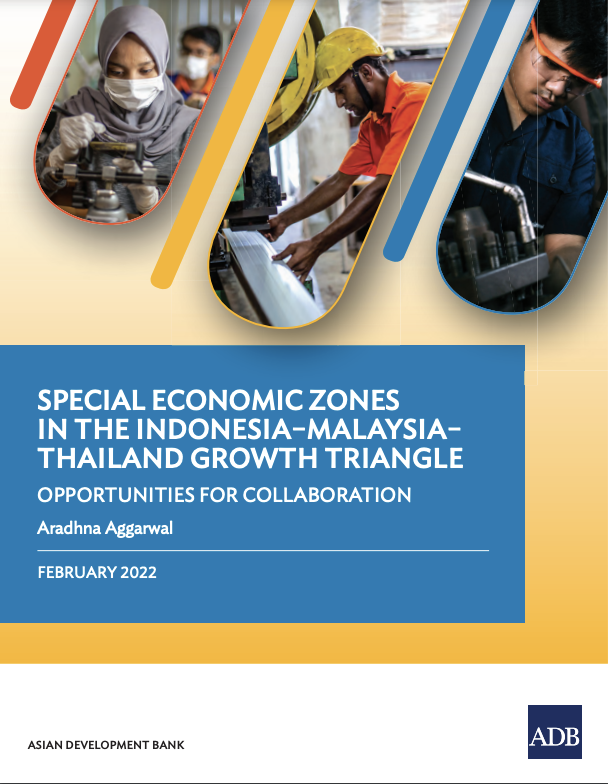zoning
AGROVOC URI: http://aims.fao.org/aos/agrovoc/c_36936
Land Use Systems under Traditional Agriculture analyzed with Ps123N/WOFOST and Ales. (With Special Reference to the Chuka-South Area, Kenya) (Thesis)
Ontwikkeling van het grondgebruik in de veehouderij in het zuidelijk Peelgebied
Grondgebruiksdatabank van Nederland vervaardigd met behulp van Landsat Thematic Mapper opnamen
Gebruik van cultuurgrond in deeltijd : een globale verkenning
Voorstudie grondgebruik in overgangszones tussen stad en landelijk gebied
Conflicting Maps: How Legal Perspectives Could Minimize Zoning Cancellation in Republic of Korea
The purpose of this paper is to propose legal and policy enhancements that may prevent the cancellation of the legal force of zoning due to discord with the Korean Land Use Regulation Map (LURM) and secure legal stability. The legal force of zoning has been canceled because of the discordance of the LURM with past cadastral maps, and this has led to confusion regarding zoning decisions and even the postponement and cancellation of public projects. Here, the causes of LURM discordance and legal cancellation of zoning were identified and evaluated through judicial precedents.
Conakry: un modèle de ville coloniale française? Règlements fonciers et urbanisme, de 1885 aux années 1920 (Conakry: A Model of French Colonial Town? Landrights and Town-Planning, from 1885 to the 1920s)
The dynamics of land occupation in Conakry is approached from the angle of both the colonial authorities and the local dwellers. The former took upon themselves the power of allocating plots and strove to enforce a colonial urban pattern. The latter succeeded in partly appropriating the town in spite of the minutiae of the law. As the urban area extended, Conakry was divided into three zones according to an ordinance of 1905. Although the third zone was officially termed 'native', there were no ethnic or national criteria.
Special Economic Zones in the Indonesia-Malaysia-Thailand Growth Triangle: Opportunities for Collaboration
Mapping out and assessing the economic performance of SEZs across the subregion, the publication highlights the threats they face from digital technologies, rising competition for foreign investment and international trade standoffs. Against the backdrop of COVID-19, it details a range of practical steps designed to increase trade, create jobs, and build economic resilience across the three countries.


